Mohammad Alawieh
Towards Realistic Statistical Channel Models For Positioning: Evaluating the Impact of Early Clusters
Jul 16, 2022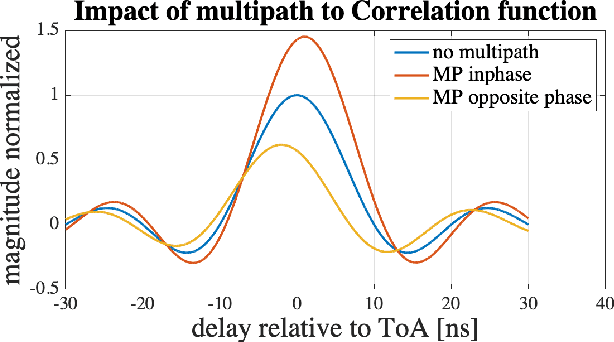
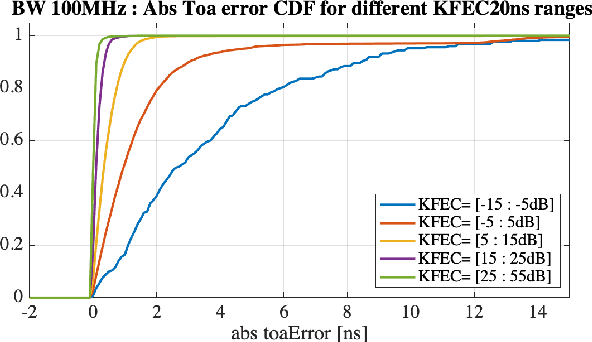
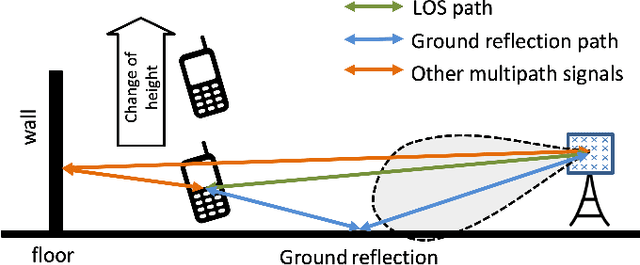
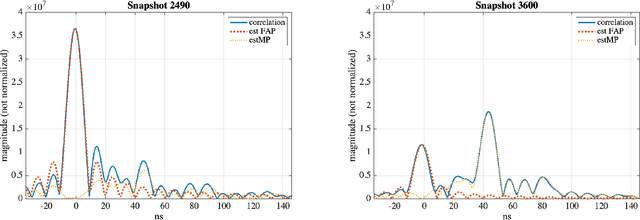
Abstract:Physical effects such as reflection, refraction, and diffraction cause a radio signal to arrive from a transmitter to a receiver in multiple replicas that have different amplitude and rotation. Bandwidth-limited signals, such as positioning reference signals, have a limited time resolution. In reality, the signal is often reflected in the close vicinity of a transmitter and receiver, which causes the displacement of the observed peak from the true peak expected according to the line of sight (LOS) geometry between the transmitter and receiver. In this paper, we show that the existing channel model specified for performance evaluation within 3GPP fails to model the above phenomena. As a result, the simulation results deviate significantly from the measured values. Based on our measurement and simulation results, we propose a model for incorporating the signal reflection by obstacles in the vicinity of transmitter or receiver, so that the outcome of the model corresponds to the measurement made in such scenario.
Complementary Semi-Deterministic Clusters for Realistic Statistical Channel Models for Positioning
Jul 16, 2022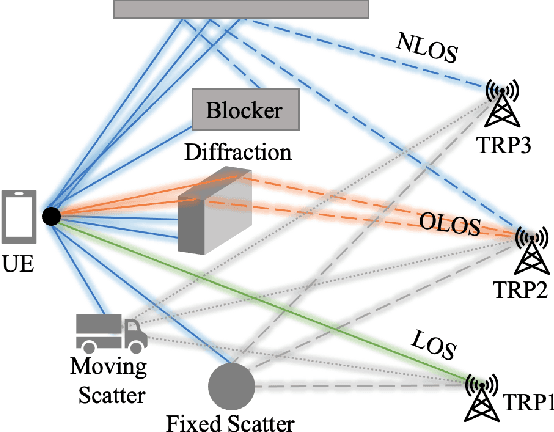

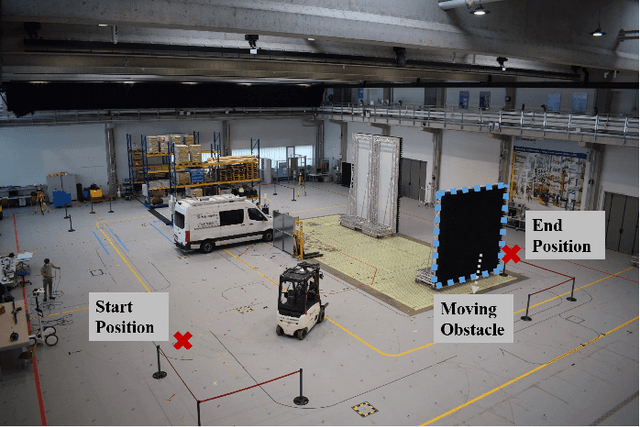
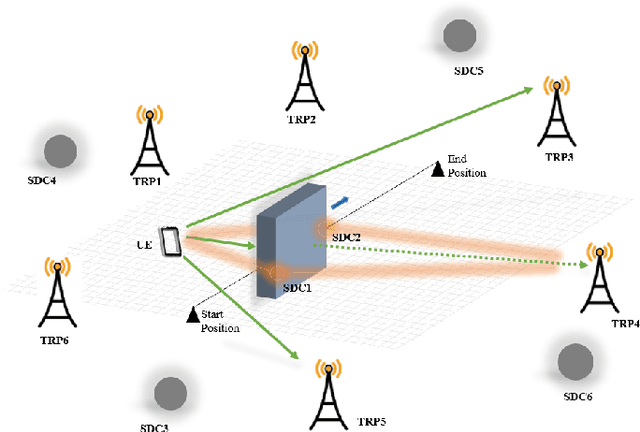
Abstract:Positioning benefits from channel models that capture geometric effects and, in particular, from the signal properties of the first arriving path and the spatial consistency of the propagation condition of multiple links. The models that capture the physical effects observed in a realistic deployment scenario are essential for assessing the potential benefits of enhancements in positioning methods. Channel models based on ray-tracing simulations and statistical channel models, which are current state-of-the-art methods employed to evaluate performance of positioning in 3GPP systems, do not fully capture important aspects applicable to positioning. Hence, we propose an extension of existing statistical channel models with semi-deterministic clusters (SDCs). SDCs allow channels to be simulated using three types of clusters: fixed-, specular-, and random-clusters. Our results show that the proposed model aligns with measurements obtained in a real deployment scenario. Thus, our channel models can be used to develop advanced positioning solutions based on machine learning, which enable positioning with centimeter level accuracy in NLOS and multipath scenarios.
Wireless Connectivity in the Sub-THz Spectrum: A Path to 6G
Jan 17, 2022
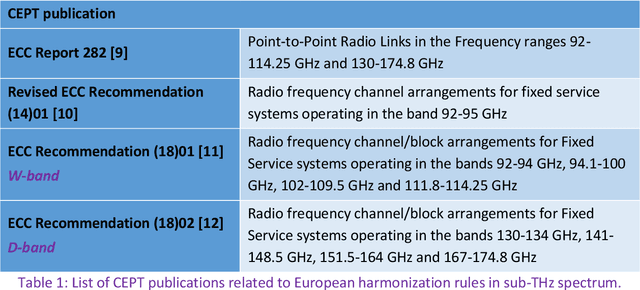

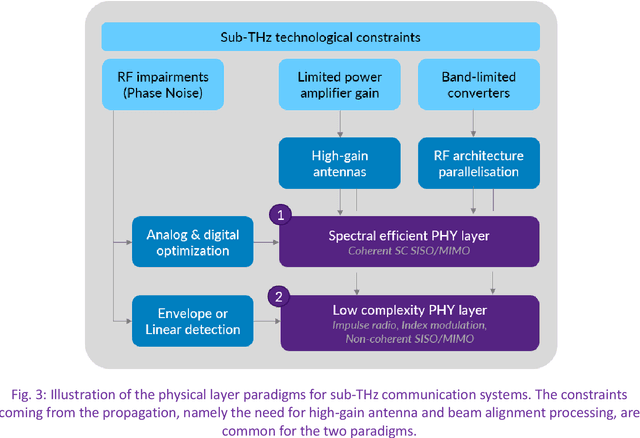
Abstract:Wireless communication in millimetre wave bands, namely above 20 GHz and up to 300 GHz, is foreseen as a key enabler technology for the next generation of wireless systems. The huge available bandwidth is contemplated to achieve high data-rate wireless communications, and hence, to fulfil the requirements of future wireless networks. In this paper, we discuss and illustrate new paradigms for the sub-THz physical layer, which either aim at maximizing the spectral efficiency, minimizing the device complexity, or finding good tradeoff. The solutions offered by appropriate modulation schemes and multi-antenna systems are assessed based on various potential scenarios.
 Add to Chrome
Add to Chrome Add to Firefox
Add to Firefox Add to Edge
Add to Edge